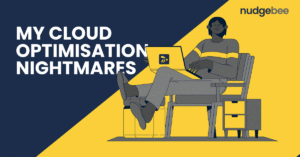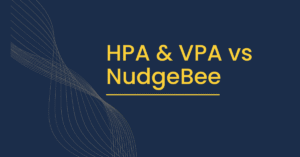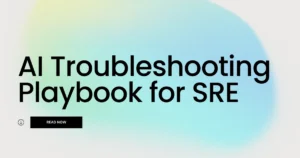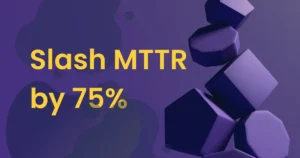Build vs. Buy: Agentic AI for SRE & Cloud Operation
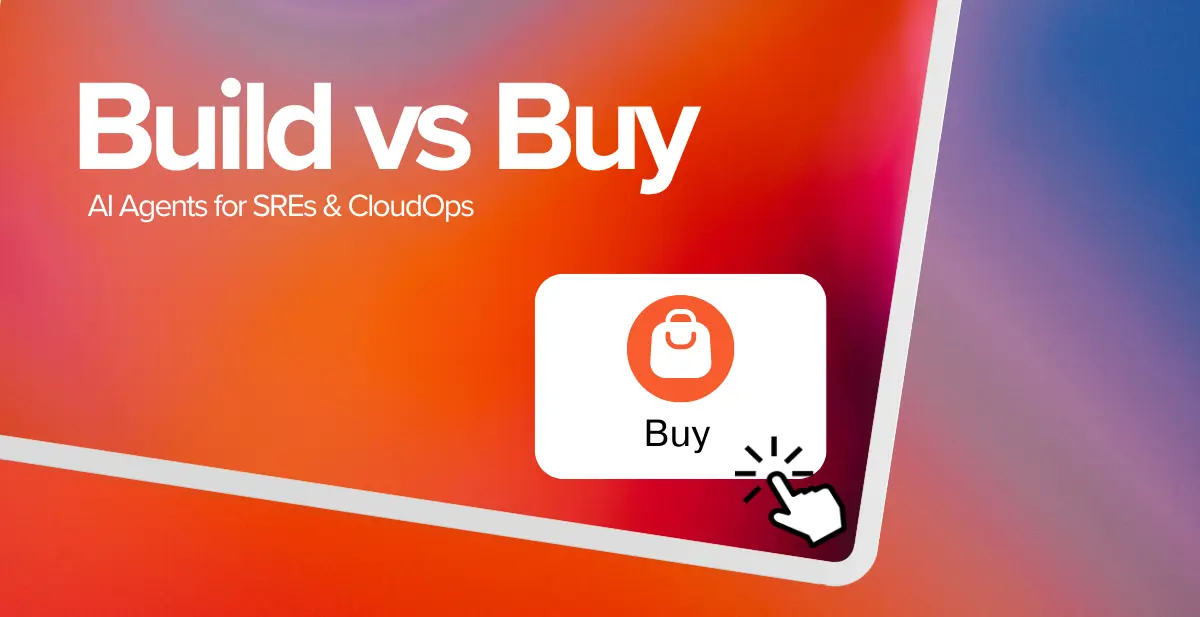
In today’s cloud-native landscape, engineering leaders face a critical decision:
“Should we build internal platforms for SRE automation, FinOps, and Day-2 Ops, or adopt a purpose-built, agentic AI platform like NudgeBee?”
Building in-house might feel right at first, especially in teams that love hacking together scripts, open-source tools, and a few LLM calls. But vibe coding isn’t a strategy. What starts as a quick POC often balloons into an unscalable, brittle system that burns time, talent, and trust.
🧃It’s fun until you’re maintaining five bash scripts, a half-trained model, and a YAML parser you barely understand.
This blog breaks down the Total Cost of Ownership (TCO) and Return on Investment (ROI) of both build vs. buy decisions for an Agentic AI SRE & Cloud Operations Platform.
Why Agentic AI Is the New Standard for SRE & CloudOps
Traditional observability and automation tools provide data. But they leave humans to stitch together the root cause, validate fixes, and execute repetitive tasks.
Agentic AI is different. Pre-trained, explainable assistants & agents analyze logs, metrics, and traces, and can autonomously recommend and execute remediations with human-in-the-loop approval.
Unlike conventional AIOps, agentic platforms like NudgeBee are built for execution, not just insight.
What It Takes to Build an Internal AI CloudOps Platform
Building a full-stack SRE automation and CloudOps solution in-house requires:
Core Infrastructure Management
- Cluster provisioning, container orchestration, service mesh setup
- Persistent storage, multi-environment support
Incident Response
- Log aggregation, semantic search, correlated alerting
- Root cause analysis, ticket triage, remediation scripting
FinOps
- Intelligent rightsizing, unused resource detection
- Cost allocation, budget alerts, autoscaling logic
Day-2 Ops Automation
- Job scheduling, cert rotation, CVE scanning
- Config drift detection, compliance workflows
AI & Intelligence Layer
- Anomaly detection, alert noise suppression
- LLM-based natural language querying
- Model retraining and data pipelines
⚠️ According to the 2024 CNCF report, 82% of orgs cite AI/ML talent shortage as a top barrier to implementing intelligent Ops workflows. (Source)
The Real Cost of Building In-House
| Role | Cost (USD/year) |
| 2x Senior SREs | $440,000 |
| 1x Platform Engineer | $200,000 |
| 1x ML/AI Engineer | $240,000 |
| Total | $880,000 |
Estimated Development Timeline
- Architecture & Design: 3 months
- Incident Response Stack: 4 months
- FinOps Features: 3 months
- AI & Automation Layer: 4 months
- Testing & Integration: 2 months
- Total Build Time: 12–15 months
- Development Cost (Blended): ~$1.1M
- Infra/Tools Licensing: ~$150K
Annual Ongoing Costs
- Team Maintenance (60%): ~$528,000/year
- Infra/Tooling/Training: ~$120,000/year
NudgeBee: Agentic AI for Real CloudOps Workflows
NudgeBee delivers:
- Out-of-the-box Troubleshooting, FinOps, and CloudOps assistants & agents
- Self-hosted or SaaS deployment with secure RBAC
- Easy integration with existing logs, metrics, and tickets
- Pre-trained models with explainable logic and automation guardrails
Time to Value:
- 2–3 week integration with existing SRE workflows
Annual Costs:
Based on NudgeBee pricing. The model assumes 10 clusters (up to 15 nodes each) and 50 nodes total.
| Item | Annual Cost (USD) |
| Troubleshooting Agent | $18,000 |
| FinOps Agent | $18,000 |
| CloudOps Agent | $1,200 |
| Node Coverage (50 nodes) | $9,125 |
| Admin Time (10% FTE) | $22,000 |
| Total Annual | $68,325 |
Three-Year TCO Comparison
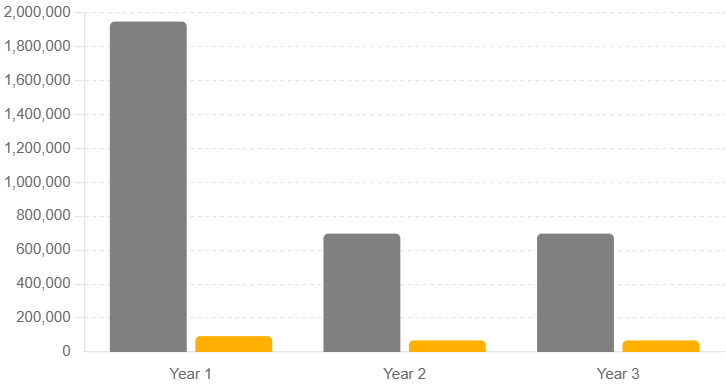
| Cost Component | In-House Build | NudgeBee | Savings |
| Year 1 | |||
| Initial Development | $1,250,000 | $0 | $1,250,000 |
| Licensing & Setup | $0 | $25,200 | ($25,200) |
| Operational Costs | $698,000 | $68,325 | $629,675 |
| Year 1 Total | $1,948,000 | $93,525 | $1,854,475 |
| Year 2 | |||
| Operational Costs | $698,000 | $68,325 | $629,675 |
| Year 2 Total | $698,000 | $68,325 | $629,675 |
| Year 3 | |||
| Operational Costs | $698,000 | $68,325 | $629,675 |
| Year 3 Total | $698,000 | $68,325 | $629,675 |
| 3-Year Total | $3,344,000 | $230,175 | $3,113,825 |
For every $1 invested in NudgeBee, orgs save $13.53 compared to building in-house.
Agentic AI in Action: What It Really Does
NudgeBee:
- Identify root causes across logs/metrics/traces
- Recommend or auto-apply validated remediations
- Detect waste and optimize workloads in real-time
- Automate day-2 operations (certs, CVEs, rotation)
- Triage incidents into tickets with summaries
- Flag compliance issues, deprecated APIs, and misconfigs
Key Strategic Advantages
| Metric | In-House Build | NudgeBee |
| Time to Value | 12–15 months | 2–3 weeks |
| Engineering Overhead | Very High | Minimal |
| Maintenance Burden | Ongoing | Included |
| AI/ML Capabilities | Requires Experts | Pre-trained assistants & agents |
| Extensibility | Custom Dev Needed | BYO Logic + APIs |
| MTTR Reduction | Varies | Up to 52% Faster* |
| Cloud Cost Optimization | Manual | Up to 40% Saved* |
*Based on aggregated early adopter customer data
Final Word
TL;DR:
- 12 months to build vs. 2 weeks to deploy
- $3.1M saved in 3 years
- 1,353% ROI
- Zero AI engineers needed
If you’re serious about reducing MTTR, automating toil, and cutting infra spend, NudgeBee isn’t just a good choice, it’s the obvious one.
Ready to Run an Agentic Pilot?
Try NudgeBee in your cluster, plug in your observability stack, and measure real-world ROI in under a week.
